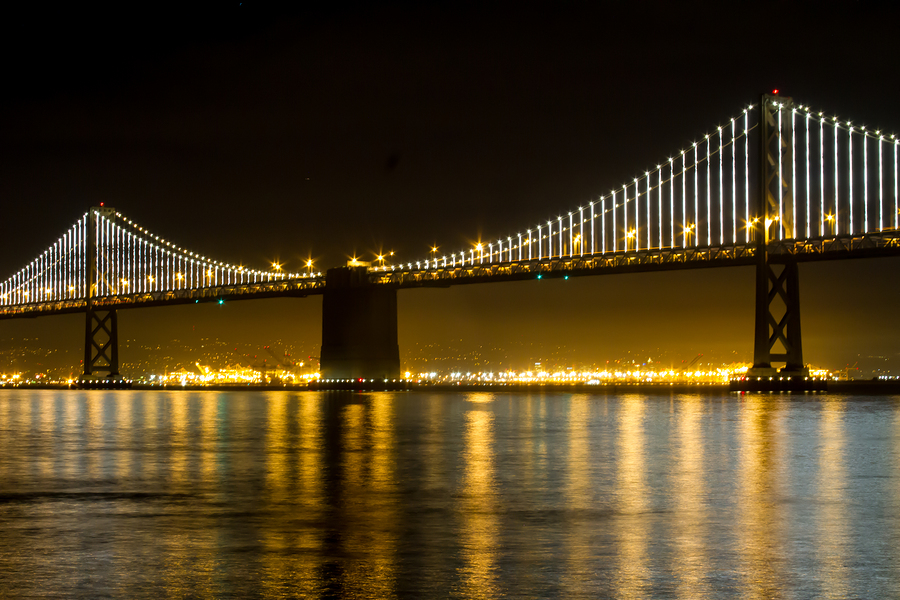The influence of lighting on moods is well known and is used to great effect in a variety of contexts. Warm, dim lighting will create an intimate, cosy feel, while bright light makes for a more functional, edgy ambience.
Lighting can also alter our perception of space by emphasizing some features, and this characteristic has been used for the last few decades by architects to give a new lease of life to old monuments and buildings, or has been integrated as an architectural element from the early stages of conception.
The development of LED lighting has massively contributed to this trend. Not only is LED lighting more economical than traditional lighting, as it consumes less energy and the bulbs last longer, but it also offers incredible versatility, which is a great attraction to architects who are no longer restricted by the technical constraints of conventional lights.
LED strips, for example, can be bent to adapt to any building shape, and the ability to programme colour changes or lighting patterns give architects a playing ground for innovative light designs. LED lighting also offers uniformity of brightness, and its longer life cycle reduces the occurrence of burnt-out lamps – and therefore of compromised designs.
LED lighting has also given birth to its own form of art called LED art, favoured by street artists, as they are inexpensive and portable. They have been used in art installations, sculptures and interactive artwork all over the world.
Jenny Holzer, an American conceptual artist, is one of the best known artists who have been integrating LED in their work. Although her original medium was street posters, she started using LED signs in the 1980s, with the installation of the first large electronic sign on the board of Times Square in New York in 1982, and they have since then become her signature.
More recently, in 2006, she was commissioned to design apermanent LED installation in the huge lobby of 7 World Trade Center, New York, and anotherpermanent LED installation at Novartis HQ, a Swiss pharmaceutical company in Switzerland.
Some installations use the technical capabilities of LED lighting with cleverness. For example, Cell Phone Disco by Informationlab in Pittsburgh, USA, a room-sized installation made of Plexiglass panels with rows of thousands of LEDs, is activated by the electromagnetic fields emitted by mobiles phones. Viewers receiving and making phone calls near the display will result in LEDs switching on and off.
Leo Villareal, another American artist, combines LED lights with computer programming. He started working on a mammoth project in 2013, an art installation consisting of 25,000 LEDs hung on the cables of the bridge between San Francisco and Oakland Bay which now illuminates this structure at night.
LEDs can also be attached to coin batteries, which makes them so-called LED “throwies”, eliminating the need for an external power source, and are used to create temporary displays or graffiti without the damage to walls and properties.
LEDs aren’t only practical; they can lend some magic and beauty wherever they are installed.

